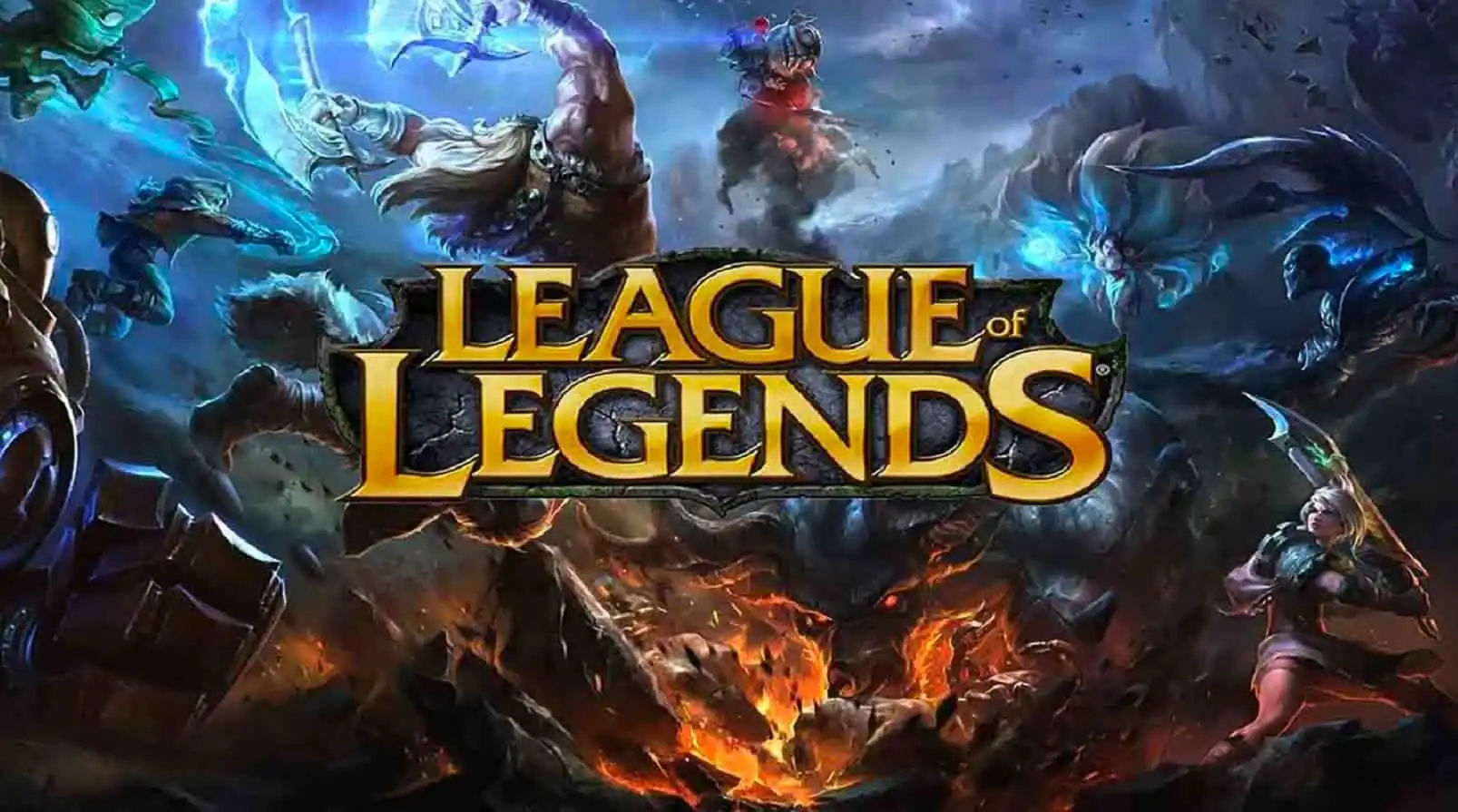Riot's President of Esports, John Needham, unveiled comprehensive plans to enhance the profitability and longevity in the esports segment, particularly for teams in the LCK, LEC, and LCS. The new approach might not be entirely akin to the revenue sharing system of Valorant, but it does share some similarities.
Esports game Valorant has significantly surged in popularity since its launch. The esports scene is buzzing with activity while the game consolidates its position as a leading competitive title in the gaming world. Riot continues to nourish the teams that are part of the VCT franchised leagues in a bid to distribute the profits more equitably.
This new approach could mean that League of Legends (LoL) is heading towards a setup similar to the one Valorant has, despite the initial drawback in the creation of a franchised league.

As part of this new setup, Needham revealed plans for Riot to ensure greater financial sustainability within the LoL esports ecosystem. He provided specific plans outlining how the teams from the LCS, LEC, and LCK would receive stipends and partake in revenue sharing.
Needham's elucidation was somewhat technical and full of statistics. He explained the problems with the current revenue sharing model, which relied heavily on sponsorships. He proposed a model that depended more on microtransaction sales, which could ensure a more even distribution of profits among the teams.
This suggested model would be introduced to the teams in the LCS, LEC, and LCK regions. As part of this model, these teams would receive a fixed sum and a share in the revenue generated from LoL Esports digital content sales.
Needham stressed that the revised model would shift the focus towards digital content sales and away from sponsorship sales. He pointed out that digital content sales have more resilience to economic downturns and a higher ceiling than sponsorships, given their limitations on inventory, categories, and market penetration.
Apart from the LPL, all major regions are slated to have an equal distribution of shares. Needham mentioned that Riot is in talks with the LPL on how their business model might evolve in the future.
China has a different structure of revenue sharing in the LPL owing to the market popularity of LoL in the region. Esports has different formats of monetizing their scene in China, which already includes exclusive merchandise options not available in other regions.
Needham also proposed a new model called the Global Revenue Pool (GRP), which incorporates all total digital LoL Esports revenue. This model is designed to distribute part of the revenue to teams while also rewarding them for specific achievements. This revenue share model would consist of General Shares, Competitive Shares, and Fandom Shares.
One question that still lingers is how the Fandom Shares will be evaluated. Needham has suggested that this could pave the way for player skins or team bundles similar to those seen in Valorant.
In tandem with the new revenue share model, he also claimed that revenue reported from the esports content released in the last two seasons has witnessed a continuous upward trend. This creates a forward-looking scenario, further fuelling the prospect of greater financial sustainability within the LoL Esports ecosystem.
This indicates a high likelihood of more in-game mechanisms to support favorite teams in the near future. Besides, the rise in profitability could also mean an increase in the variety of available esports skin, especially outside the typical World Champions skin.
However, a caveat to this revenue model has been introduced. Riot will only contribute half of other direct revenues, including sponsorships and media, once it recovers its annual LoL Esports investment. This proposes a significant change from the current model where the 50% split was distributed to the teams unconditionally.